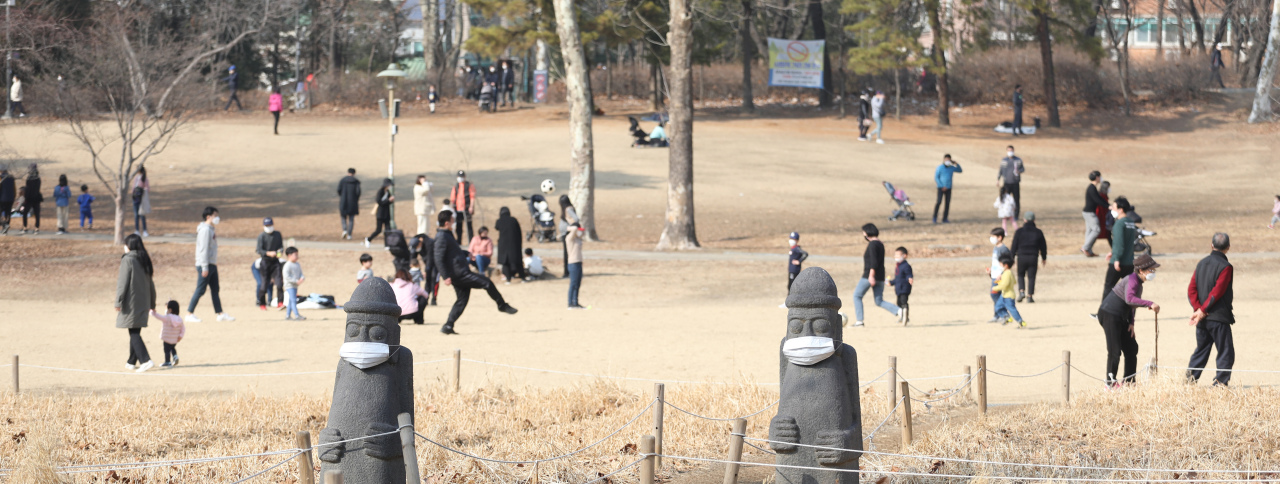
Statistics Korea’s data on Monday showed the male ratio at birth in South Korea fell to the lowest level last year, implicating the end of the country’s long-held tradition of boy preference.
The gender ratio at birth, or the number of baby boys per every 100 baby girls born, stood at 104.9 in 2020 -- the lowest since the institution started to collect related data in 1990. The figure is close to a natural level observed worldwide of about 105 boys to every 100 girls.
This represents a significant drop from a peak of 116.6 baby boys in 1990, when a son preference still held sway. At that time, the gender imbalance was more pronounced for the third and fourth child of a family. In 1993, the sex ratio at birth for the third child reached 209.7.
The ratio of male infants started to fall in the mid-1990s, coming down to 110.1 in 2000 and 106.2 in 2007. The figure slightly went up to 106.9 in 2010, but continued its downward spiral to reach the lowest level last year.
The sex ratio of the third child, too, continued to drop over the period.
The share of male infants continued a downward trend to stand at 143.6 boys born to every 100 girls born in 2000 and 110.9 in 2010. Last year, the ratio reached 106.7.
The figure had plunged to 103.2 in 2019, falling below the year’s overall sex ratio at birth of 105.5 for the first time since the country collected related data.
The statistics agency said the data speaks for changed family values, as Korea parts with legacies of an agricultural society grounded in Confucianism beliefs that valued male labor and imposed filial responsibility mainly on sons.
Meanwhile, Statistics Korea anticipated that women will outnumber men in Korea by 2029.
The number of males to 100 females would mark 99.9 in 2029, according to the agency‘s long-term population projection. The report added the number of males to 100 females would continue to fall every year to reach 98.3 in 2047.
By Shim Woo-hyun (ws@heraldcorp.com)












![[Today’s K-pop] BTS pop-up event to come to Seoul](http://res.heraldm.com/phpwas/restmb_idxmake.php?idx=644&simg=/content/image/2024/04/17/20240417050734_0.jpg&u=)





![[KH Explains] Hyundai's full hybrid edge to pay off amid slow transition to pure EVs](http://res.heraldm.com/phpwas/restmb_idxmake.php?idx=652&simg=/content/image/2024/04/18/20240418050645_0.jpg&u=20240419100350)

